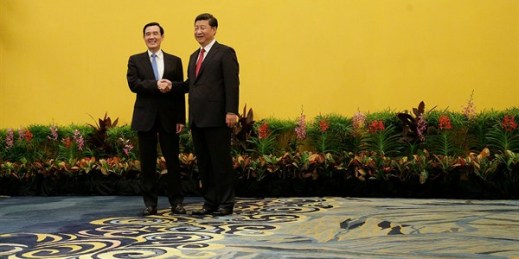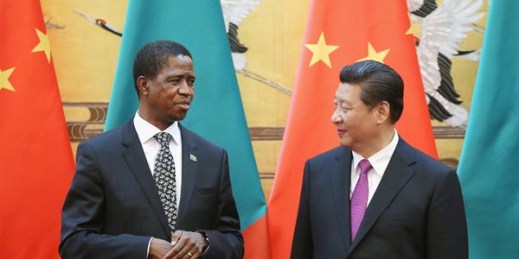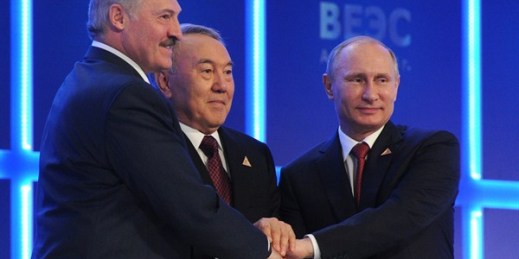
Much ink has been spilled on the meeting earlier this month between Taiwan’s president, Ma Ying-jeou, and the leader of China, Xi Jinping. The fact that the two got together for a handshake and a grin is no doubt a big deal. But, at least in terms of marking a major milestone along the road to better relations, nothing happened to warrant all this attention. For the most part, despite the pageantry, the meeting changed little. On the other hand, because the gulf between China and Taiwan is as wide as ever, that should have everyone, but especially Chinese policymakers, […]


